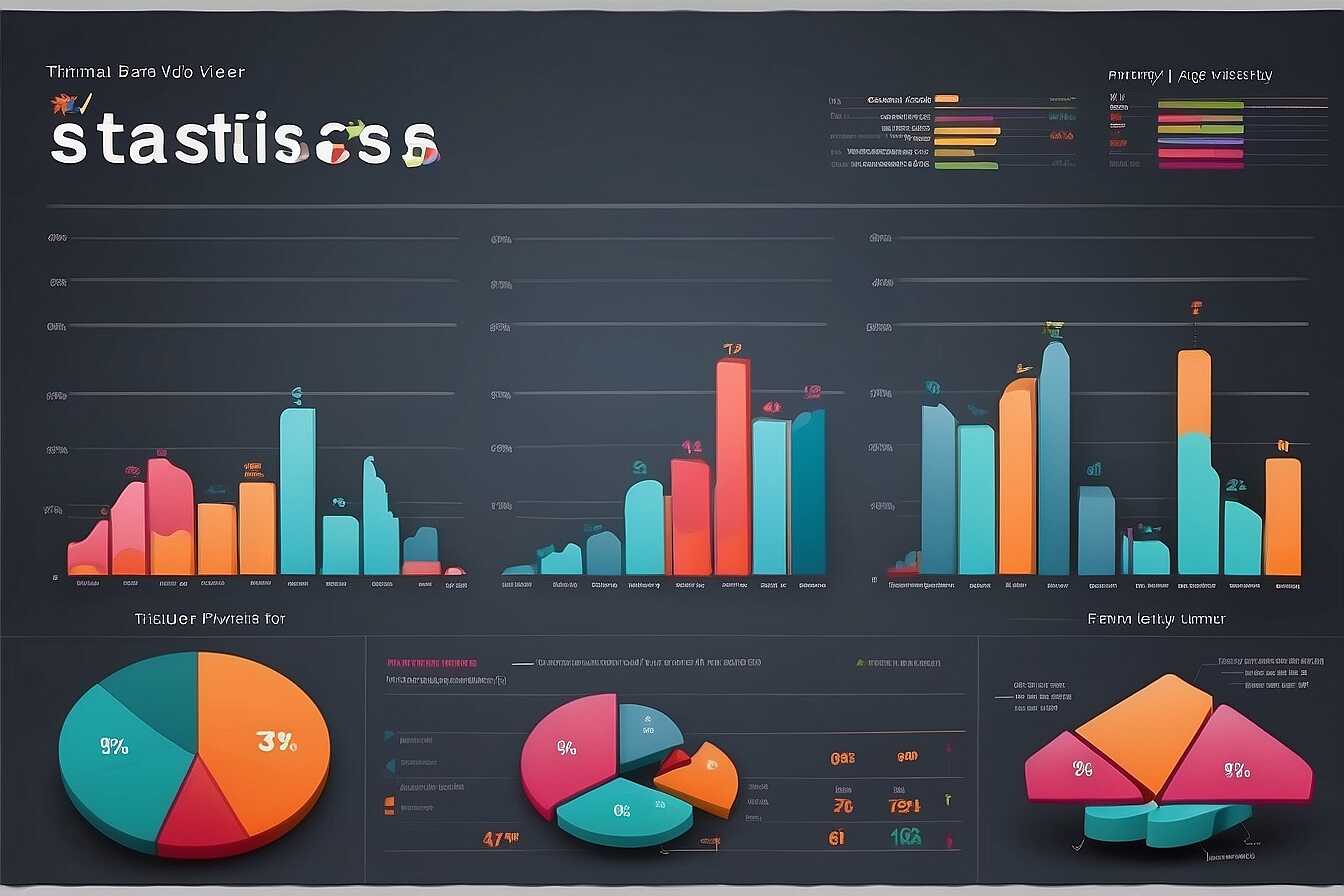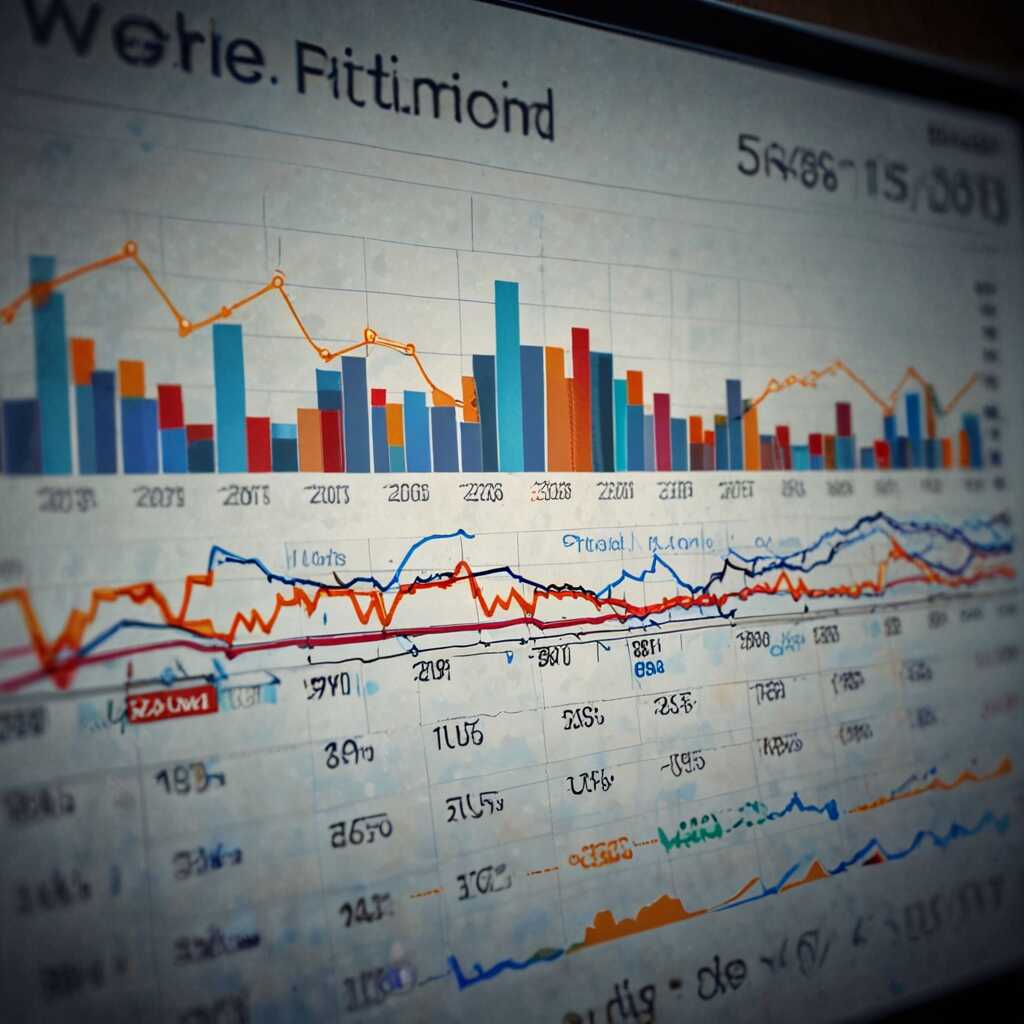Optimizing video descriptions with keywords is crucial for achieving better search rankings on platforms like YouTube and Google. By strategically incorporating relevant keywords, content creators can enhance the visibility of their videos, driving more traffic and engagement. Metrics Rule, based in Vancouver, specializes in SEO, offering insights to help you master keyword optimization for improved search outcomes. Implementing these keyword strategies can significantly elevate your content’s online performance and conversion rates.
Why Video Descriptions Matter for Search Engine Rankings
Video descriptions play a crucial role in improving search engine rankings. Well-optimized descriptions enhance search engine visibility, making your videos more discoverable on platforms like Google and YouTube. This increased visibility is essential because studies show that up to 80% of viewers are influenced by the quality of video descriptions when deciding whether to watch. Engaging and informative descriptions can attract more viewers, leading to higher watch times and better engagement rates.
Enhancing Engagement with Optimized Video Descriptions
Creating optimized video descriptions not only helps improve search rankings but also significantly enhances viewer engagement. Essential elements include incorporating relevant keywords that attract organic search traffic. By ensuring your descriptions provide valuable context and information, you make your videos easier to find during searches. This results in an increased click-through rate. For example, if you use keywords that target specific audience interests or concerns, you can significantly boost the chances that viewers will choose your content over competitors. In 2025, anticipate even greater reliance on AI-driven keyword strategies to optimize descriptions further, ensuring that your videos stay relevant and visible amidst evolving search engine algorithms.
Techniques for Crafting Compelling Video Descriptions
To craft a compelling video description, focus on essential components like authenticity, clarity, and keyword relevance. Start with a strong hook that captures attention, followed by a clear summary of the video’s content. Integrating keywords effectively is crucial; aim for a natural flow rather than keyword stuffing. For optimal results, include a compelling call-to-action that guides viewers on what to do next. Research indicates that incorporating 3-5 targeted keywords enhances search visibility while ensuring engagement remains high, making your video more discoverable on platforms like YouTube and Google.
Best Practices for Keyword Integration in Video Descriptions
Utilizing effective keyword integration strategies is essential for enhancing your video SEO. Begin by conducting thorough keyword research to identify terms that resonate with your target audience. Place the primary keyword in the first 25 words of your description, as search engines prioritize this area. Use LSI (Latent Semantic Indexing) keywords throughout to provide context and relevancy. For example, if your main keyword is “video description techniques,” related phrases like “compelling engagement content” and “YouTube optimization tactics” will bolster your SEO efforts. Finally, ensure your descriptions remain user-friendly and engaging, so viewers feel encouraged to watch and interact with the content.

Effective Keyword Research Methods for YouTube Videos
To effectively enhance your video descriptions, start by utilizing reliable keyword research tools like Google Keyword Planner, TubeBuddy, and VidIQ. These tools provide valuable insights into high-search-volume keywords relevant to your content. It’s essential to examine trends from 2023 to identify popular keyword phrases that boost discoverability. Aim to include 3 to 5 targeted keywords in your video descriptions for optimal SEO results.
Understanding Your Audience’s Search Intent
Understanding your audience’s search intent is crucial for successful keyword research. Begin by analyzing the queries that lead users to your videos. Use suggestions from tools like Google Trends to discover what your target audience is actively searching for. Create content that meets their needs, ensuring you include relatable keywords within your descriptions. This approach not only improves ranking but also enhances viewer engagement, ultimately driving better results for your channel.
Numerical Insights on Video Tagging and Discovery
- 70% of viewers find new content through search results.
- 50% of people prefer video over text articles.
- YouTube has over 2 billion signed-in users.
- Videos with optimized summaries are 30% more likely to rank higher.
- Video titles with keywords can increase clicks by 37%.
- Search engines prioritize content with clear descriptions, impacting 65% of rankings.
- Effective tagging can enhance viewing time by up to 25%.

How to Analyze Search Engine Results for Video Optimization
Analyzing search engine results significantly enhances video descriptions. By understanding what keywords and phrases top-ranking videos use, creators can adapt their content to match user intent better. Focus on extracting actionable data from Search Engine Results Pages (SERPs) to identify common themes and high-performing keywords. Look for successful video descriptions that engage audiences and provide valuable content. Tools like Google Analytics can offer insights into keyword performance, helping structure video descriptions effectively. Aim to include approximately 5 to 8 strategically chosen keywords in your video descriptions to optimize search ranking without sacrificing quality.
Identifying Key Elements from Top-Ranking Videos
To identify what makes video descriptions effective, analyze top-ranking videos on platforms like YouTube. Pay close attention to the language and semantic structures used, ensuring that keywords like “video content optimization” and “search engine results” fit naturally within your descriptions. Notably, video descriptions that prioritize clear and engaging messaging usually perform well. This enhances viewer retention and overall engagement. Look for patterns in keyword usage frequency, strategic placement at the beginning of descriptions, and the inclusion of questions that prompt viewer interaction. By systematically researching and testing these elements, you can refine your descriptions for better visibility and performance in search results.

Enhancing Video Discoverability through Proper Metadata Usage
Metadata plays a crucial role in improving the discoverability of your videos by providing search engines with essential context about your content. By using relevant video titles, tags, and descriptions, you signal to platforms like YouTube and Google what your video is about. This connection is vital for search rankings, as optimized metadata helps your videos appear in more searches, increasing their visibility. Consistent keyword research can help identify the terms and phrases that your audience uses, enabling effective metadata creation that enhances user engagement. Essentially, well-crafted metadata not only attracts viewers but also ensures that you rank better on search results.
Best Practices for Crafting Effective Metadata
To craft effective metadata, begin by designing concise and descriptive video titles that include your primary keywords. Aim for titles between 50 to 70 characters for the best results. In your description, incorporate two to five relevant keywords naturally throughout the text. This keyword density ensures your content remains readable while improving SEO. Use tags wisely; select broad and specific tags that relate to your video, ideally limiting to 10 to 15 tags. These practices provide reliability in your video’s search performance and enhance its ranking potential on various platforms, making it easier for your ideal audience to find your content.
Advantages of Enhancing Video Descriptions
- Viewers easily understand the video content with clear details.
- Improved visibility on search engines leads to more views.
- Engagement rates are better with concise descriptions.
- Higher-ranking videos can boost channel credibility.
- Effective keyword usage drives targeted traffic to your content.
- Better viewer retention results from clear expectations set by descriptions.
- Increased shares on social media platforms enhance overall reach.

Incorporating Calls to Action in Video Descriptions
Effective calls to action (CTAs) in video descriptions can significantly boost viewer engagement. Popular examples of CTAs include encouraging viewers to like, comment, share, or subscribe. Strategies for enhancing viewer interaction include asking specific questions or inviting viewers to share their opinions. Utilizing viewer feedback is essential; consider using comments to improve future descriptions and CTAs. Research indicates that an engaging CTA can double your interaction rates, ensuring a vibrant community around your content.
Best Practices for Effective Call to Action
To create the best CTAs, focus on clarity and immediacy. For instance, ask direct questions like, “What do you think about this strategy?” This invites engagement and fosters a community feeling among viewers. Craft CTAs that are concise and actionable, such as “Subscribe for more great tips!” Additionally, leverage viewer feedback to refine your approaches consistently. By testing various messages, you can find out what resonates best with your audience, enhancing overall effectiveness and driving higher conversion rates.
Customizing Video Descriptions for Different Platforms
Adapting video descriptions for various platforms is essential for maximizing engagement and search rankings. On YouTube, longer descriptions can enhance keyword optimization, often exceeding 200 words. In contrast, platforms like Instagram and TikTok require succinct and impactful descriptions that are shorter, focusing on hooks and action words. The critical differences in keyword usage depend on the typical audience and features of each platform. For example, YouTube benefits from detailed keyword-rich descriptions, while Instagram and TikTok thrive on catchy phrases and hashtags. Aim to include relevant keywords in the first few lines to guarantee visibility. Each platform’s unique characteristics shape the structure and content of video descriptions to enhance user engagement.
Exploring Best Practices for Each Platform
Understanding platform-specific video description practices is vital for content creators. On YouTube, include essential keywords early and reward users with a clear summary in the first two lines to boost searchability. Facebook, on the other hand, often pairs video content with eye-catching thumbnails and short descriptions that prompt viewers to engage through comments. On Instagram, utilize engaging storytelling and relevant hashtags within a confined character limit to draw attention. TikTok favors creativity and brevity; thus, your description should highlight the video’s appeal quickly. Identifying the best practices for each platform allows creators to enhance discoverability and user interaction significantly.
Market Leaders and Their Strengths
- YouTube stands out due to its massive audience and flexibility in video formats.
- Vimeo appeals to creative professionals with advanced tools for customization.
- TikTok engages the younger demographic through short, impactful videos.
- Facebook integrates videos well with community features and broad reach.
- Instagram emphasizes visual storytelling, attracting millennial users.
- Snapchat targets a quick-consumption audience, promoting fleeting content.
- LinkedIn serves business professionals, focusing on educational video content.
Tracking and Analyzing the Impact of Video Descriptions
To effectively track viewer engagement with optimized video descriptions, use tools such as YouTube Analytics and Google Analytics. These platforms provide detailed reports on metrics like watch time, click-through rates, and audience retention. Compare performance across platforms by analyzing the engagement metrics of video descriptions tailored for each service. A/B testing can also enhance your understanding by allowing you to measure which description variations yield better results. Research shows that optimized descriptions can lead to a significant percentage increase in viewer engagement, often ranging from 10% to 30%, depending on the relevance of the keywords used and how well they connect with your audience’s interests.
Utilizing Engagement Metrics for Improvement
Utilizing engagement metrics for improvement is essential for maximizing the potential of video descriptions. Regularly reviewing these metrics allows content creators to see which keywords drive the most traffic and engagement. By applying SEO analytics techniques, such as keyword performance tracking and viewer demographic analysis, you can refine your strategies. This detailed approach enables you to optimize video descriptions even further, ensuring that you are targeting the right audience. The best practices for engagement tracking include focusing on metrics such as average view duration, shares, and comments, all of which contribute to understanding audience behavior and preferences.
